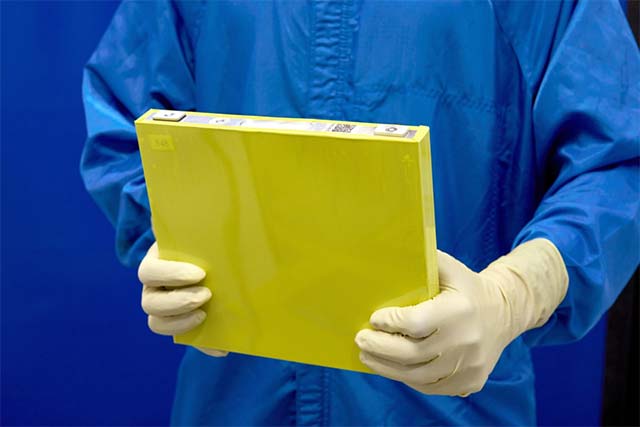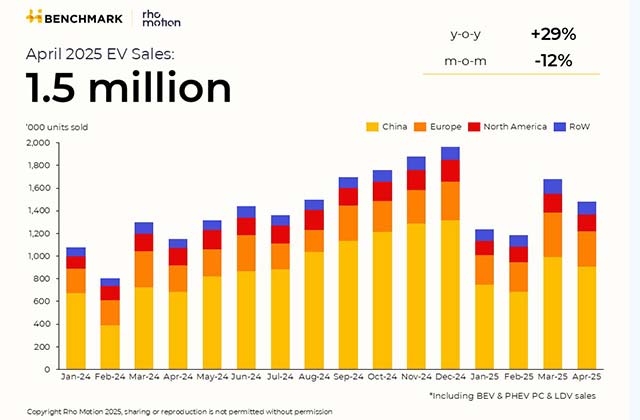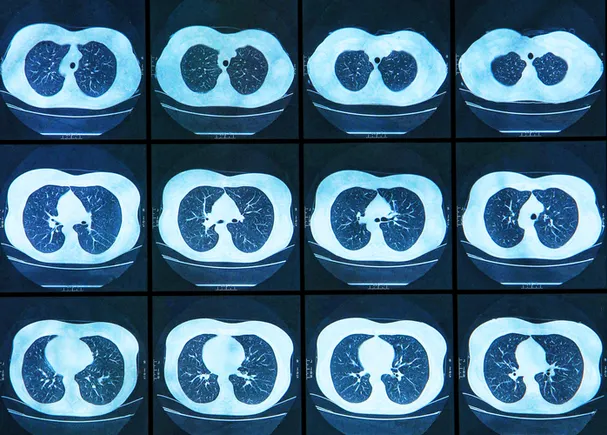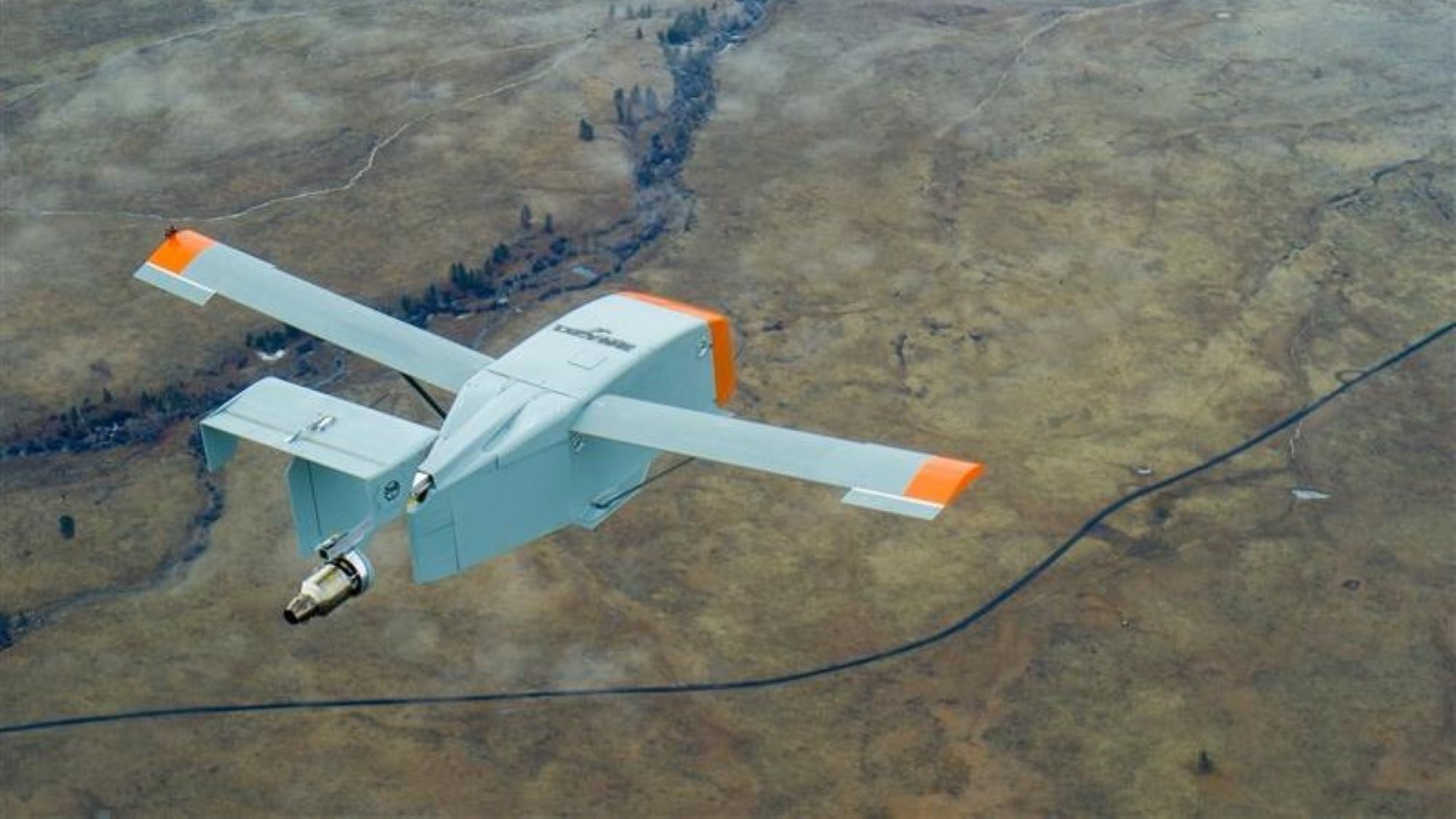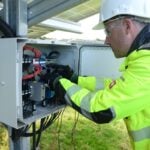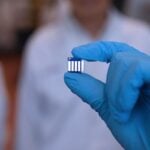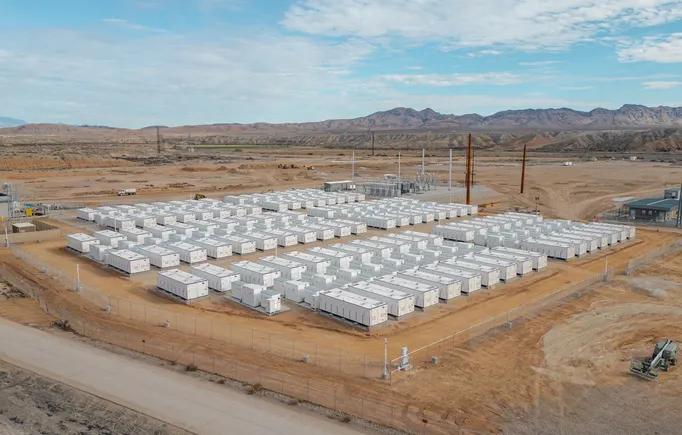VS2/Bi2S3 Spring‐Type Heterointerfaces Hollow Microspheres with Spatial Confinement and Vacancy Defects for Fast‐Charging and Ampere‐Hour Scale Pouch Sodium‐Ion Hybrid Capacitors
Advanced Energy Materials, Volume 15, Issue 18, May 13, 2025.

This work reports a VS2/Bi2S3 spring-type heterointerfaces hollow microspheres with spatial confinement and sulfur vacancies defects. Benefiting from the unique spring-type heterointerfaces design and vacancy effect mitigates volume expansion, improves charge transfer and pseudocapacitive storage, the assembled pouch SIHC exhibits a high specific energy of 120 Wh kg−1 with fast-charging at 10 C, and 95.5% capacity retention after 1000 cycles.
Abstract
Optimizing electrochemical kinetics by regulation ion/charge transfer efficiency and stabilizing the electrode structure of electrode materials is crucial to maximize the rapid charging and long cycling sodium-ion storage. Herein, VS2/Bi2S3 spring-type heterointerfaces hollow microspheres with spatial confinement and sulfur vacancy defects are synthesized as a fast-charging anode for sodium-ion hybrid capacitors (SIHCs). The experimental studies coupled with density functional theory calculations verify that the strong coupling between VS2 and Bi2S3 induces a stable built-in electric field, largely promoting the charge and sodium-ion transfer efficiency. Sulfur vacancy defects at the heterointerfaces produce additional sodium-ion pseudocapacitive storage, which improves the reversible capacity and large-rate fast charge performance of the VS2/Bi2S3 electrode. Finite element analysis and in situ expansion test confirm that the spring-type heterostructured hollow microspheres formed by flat-morphology VS2 and zigzag-morphology Bi2S3 stacking mitigate the lattice expansion and contraction during sodium-ion insertion/extraction, accommodate the mechanical stresses, and maintain the integrity of the heterojunction interface. When employed in coin SIHC, it achieves a high energy/power density of 135 Wh kg−1/22 kW kg−1, and an ultralong life of 50 000 cycles; the assembled pouch SIHC (1 Ah) demonstrates a high specific energy of 120 Wh kg−1 with fast-charging at 10 C, and 95.5% capacity retention after 1000 cycles.




























